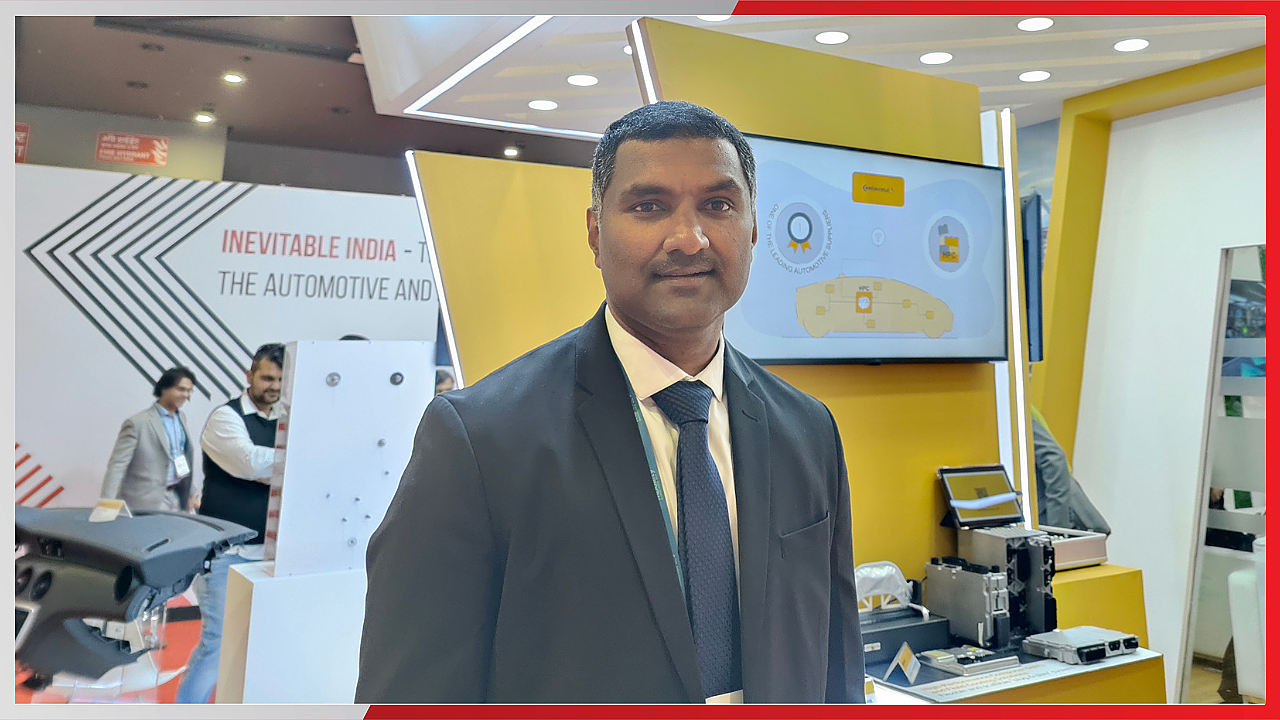Consumer Preferences, Innovation, Cost To Shape Future Of Vehicle Architecture

In a rapidly evolving automotive landscape, the traditional vehicle architecture is undergoing a transformative shift. The industry is moving away from the conventional model of multiple Electronic Control Units (ECUs) to a more streamlined approach, adopting solo or a few High-Performance Computers (HPCs) that operate through dedicated zones. This transition is not only minimising the complexities associated with handling numerous ECUs but also presenting new challenges, particularly in the realm of managing HPCs and ensuring proper support systems, including robust thermal management.
Darshan Shetty, Head of Business Area Architecture and Networking at Continental Automotive India, sheds light on this evolving trend in vehicle architecture, emphasising its global impact. With the advent of electrification, a significant number of automotive enthusiasts are making the shift from classical architecture to server-based architecture, primarily led by electric vehicles (EVs). Shetty predicts that this change will begin with EVs and gradually extend to Internal Combustion Engine (ICE) vehicles as volumes increase.
EVs Paving The Way
EVs, although initially perceived as slightly more expensive than ICE vehicles, are proving to be fertile ground for innovation. Original Equipment Manufacturers (OEMs) are leveraging EVs as a platform to introduce advanced features. Once these features gain acceptance among consumers, they are expected to cascade into ICE vehicles. The nascent stage of EVs provides vehicle makers with the flexibility to experiment with new technologies and features.
HPCs In India
In the Indian automotive market, the adoption of HPCs is still in its early stages. While global OEMs have embraced HPCs, India is witnessing a gradual uptake. Shetty notes that some vehicles in India already incorporate HPCs, but mass adoption is yet to occur. As the automotive landscape evolves and new technologies emerge, the transition to HPC-based architectures in India is expected to accelerate.

Key Drivers And Functionality
Shetty identifies three types of applications for HPCs – infotainment, body-related, and those supporting Advanced Driver Assistance Systems (ADAS). The functionality desired by OEMs and the autonomous driving level (e.g., L1, L2, L2 Plus, or L3) play a crucial role in introducing features to the vehicle. As consumer interest in ADAS grows, the demand for additional computing power increases, making HPCs an integral component of modern vehicle architecture.
Telematics And Connectivity
The Indian market’s increasing acceptance of telematic systems is considered a major driver for connectivity. With the rise of 4G, connectivity in cars is following a pattern like that of mobile phones. Shetty suggests that a similar evolution will occur with 5G. The changing architecture in vehicles, especially with the introduction of HPCs, is expected to align with the growing connectivity demands of consumers.
Challenges
While the transition from classical to server-based architecture offers numerous benefits, challenges such as increased costs and thermal management must be addressed. Shetty highlights Continental’s solution for handling thermal issues, including the option of a centralised cooling unit. Managing heat dissipation effectively, especially in zones closer to critical systems like infotainment, becomes crucial in optimizing vehicle performance.
The shift to HPCs brings forth concerns about cybersecurity. Shetty emphasises Continental’s commitment to managing cybersecurity not only during production but also beyond. As vehicles move towards a service-oriented architecture, software as a service (SaaS) is expected to play a significant role. He envisions a future where different suppliers contribute specific functions, and OEMs integrate them into a cohesive system. This shift may also lead to changes in how OEMs charge customers, signalling a broader transformation in the revenue models associated with vehicles.
In conclusion, the transition from classical to server-based architecture represents a pivotal moment in the automotive industry. As technology continues to advance, consumer acceptance of these architectural changes will dictate the pace of evolution. The interplay between innovation, cost considerations, and consumer preferences will shape the future of vehicle architecture, paving the way for a new era of connected and technologically advanced automobiles.
Also Read:
India Is A Crucial Market For Growth, Success Of Continental Tires: Samir Gupta

